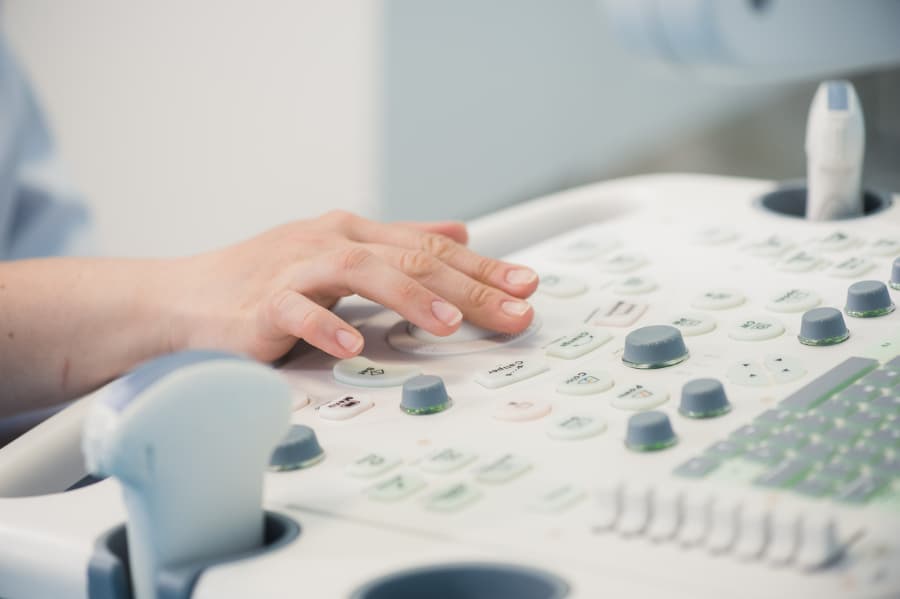
When you study to become a diagnostic medical sonographer, you’re taking the first step toward a rewarding career. Your daily work can help give patients peace of mind, guide them toward healing, and even deliver happy surprises – like confirmation of a baby’s gender. But the field of sonography is extremely diverse, and new applications for sonography methods are constantly being discovered. Here, Eastern International College explores some diagnostic medical sonography practices you may not have heard of to give you a better picture of the incredible diversity found in this field.
Emergency Diagnostic Ultrasound
When patients visit the emergency room, they need quality care as soon as possible. Many testing methods require additional time for development before analysis can take place, slowing treatment, and wasting critical time. And when lives are on the line, those small delays can take a serious toll. That’s why more and more hospitals are turning toward diagnostic ultrasounds for emergency treatment.
Because ultrasound results are immediately viewable, the lag time between diagnostics and treatment can be dramatically reduced. Technicians and doctors can immediately get an up-close, inside view of vital organs, injuries, and more to identify the cause of symptoms and determine the most appropriate treatment methods.
Elastography
Many allied health professionals are familiar with common methods for diagnosing cancer, including ultrasound-guided biopsies. Elastography, or the use of Doppler ultrasounds for assessing tissue abnormalities, may be less familiar. Images collected during the procedure create color- or contrast-coded maps that represent varying levels of stiffness in tissue. When compared with anatomical images of the affected areas, these maps help oncologists determine whether tumors, fibroids, or other abnormalities are present.
Ocular Ultrasound
Located at the back of the eye, the retina is one of the most important structures in making vision possible. As patients age and cataracts form, it becomes more difficult for doctors to see the retina and any growing damage. With help from sonogram technicians, however, doctors can use diagnostic medical sonography to look past cataracts and achieve a clear, full image of the retina, making it possible to treat retinal detachment and other concerns. Diagnostic medical sonography can even be used to resolve cataracts by guiding doctors during surgery.
Dermatological Ultrasound
Diagnostic medical sonography does more than let doctors see beneath the skin – it can help them examine the skin itself. This is especially useful when a foreign object becomes embedded in the skin. In many cases, these items are extremely small and cannot be detected by the naked eye. Yet despite their small size, they can cause irritation, worsen wounds, and even lead to infection. Using dermatological ultrasounds lets doctors determine the source of the problem and remove the foreign object quickly and efficiently.
Learn More about Diagnostic Medical Sonography Methods
Whether you’re interested in familiar roles for ultrasound technicians or want to be on the cutting edge of treatment and diagnosis, diagnostic medical sonography provides a fascinating career path. Eastern International College offers a bachelor’s degree in Diagnostic Medical Sonography (DMS- BS) at our Jersey City and Belleville, New Jersey campuses, to help students get the education required to succeed in this field. To learn more about academic requirements, student services, and more, request more information today or schedule a campus visit.
